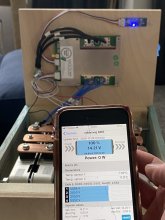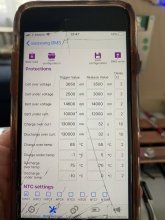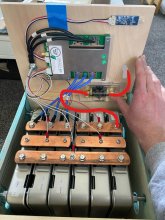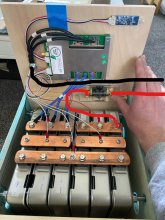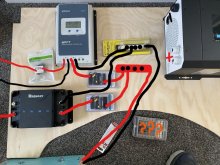That was the plan, Thank you, that's reassuring as I was nervous to plug everything in for fear of damaging something.
If I use a direct bolt on fuse on the battery end of my main positive wire would you use a 40A fuse or something different im having trouble understanding how to size that one.
If I am understanding this correctly once the solar charge controller is set up with the correct parameters I will be able to also hook up my inverter to this system, and it seems that I would wire that directly to my main pos+ and neg- terminals.
Would I then fuse that wire as well to provide extra protection for the inverter?
While certain parts of this seem in my mind to be coming together, I am concerned, or still perplexed as to how the rest of my envisioned system comes into play.
Should I be sending the majority of my large negative and positive loads to a bus bar with multiple terminals coming from my main battery wires?
Or should I run circuits off of my battery to wire up a fuse box and loads to that?
Again Thank you so much for all of the help.
If I use a direct bolt on fuse on the battery end of my main positive wire would you use a 40A fuse or something different im having trouble understanding how to size that one.
If I am understanding this correctly once the solar charge controller is set up with the correct parameters I will be able to also hook up my inverter to this system, and it seems that I would wire that directly to my main pos+ and neg- terminals.
Would I then fuse that wire as well to provide extra protection for the inverter?
While certain parts of this seem in my mind to be coming together, I am concerned, or still perplexed as to how the rest of my envisioned system comes into play.
Should I be sending the majority of my large negative and positive loads to a bus bar with multiple terminals coming from my main battery wires?
Or should I run circuits off of my battery to wire up a fuse box and loads to that?
Again Thank you so much for all of the help.



